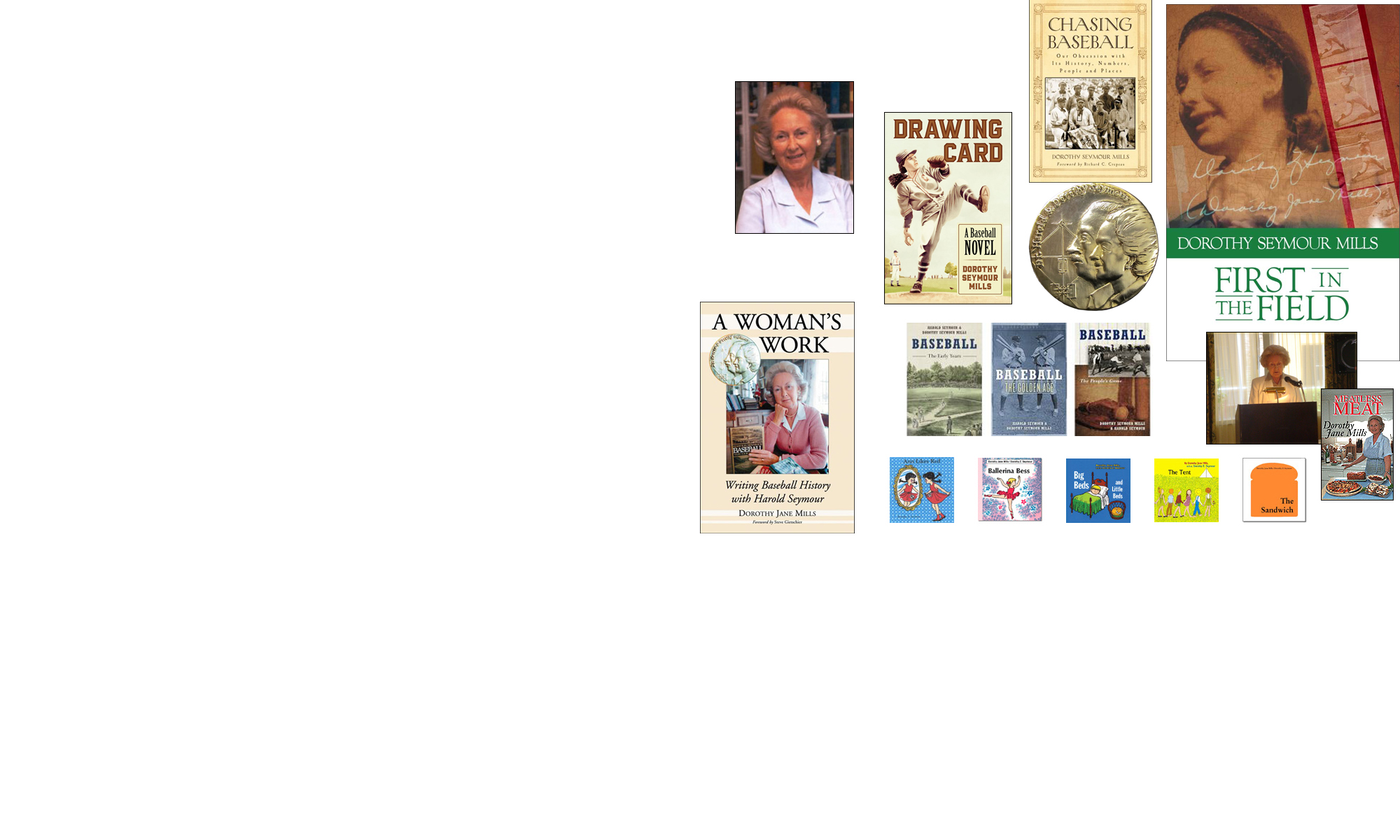What used to be called “Organized Baseball,” a term referring to the associated majors and minors, is now called “MLB” (Major League Baseball), a phrase recognizing implicitly that the minors have no power, that the majors run everything.
More than that, most writers whose books and articles I see nowadays use the word “baseball” when they refer to MLB, thus asserting that Major League Baseball equals baseball as a whole, that the rest of the baseball world is completely unimportant.
If you Google “baseball,” or even check Wikipedia, you’ll find that the term “baseball” really includes other leagues like at least a dozen youth leagues, plus school baseball, college baseball, a bunch of adult leagues, international baseball, and women’s baseball leagues. Plus independent adult professional leagues. Plus semipros. Plus vintage players. Plus pickup ball. The list could easily amount to a million amateur players.
Is MLB really so marvelous as to outshine all the rest of the baseball world? Maybe it’s great because writers pay devoted attention to it every day, building the players into heroes, and because they seldom recognize amateurs unless something unprecedented happens, like Mo’ne Davis.
An imbalance has arisen. The picture that arises in the minds of most Americans whenever the word “baseball” is mentioned is a picture of professionals making millions of dollars, idolized by the national press, and transfigured into heroes by institutions like the Baseball Hall of Fame. No amateurs need apply for inclusion in this picture.
That’s why we need the Baseball Reliquary and its new independent establishment, the Institute for Baseball Studies, opened January 16 at Whittier College in California.
Balance is required.
Nobody proposes forgetting the professionals who play in MLB. But some of us propose recognition that the rest of the baseball world be recognized for its part in American culture, where it contributes joy, association with other like-minded people, pleasure in physical movement, a place where skills can be developed, and a method of belonging.
Studies of the various baseball groups that have grown up over the years are needed so that we can see their place in American life, judge their value, and assess their contribution to American culture. Haven’t we had enough worshipful biographies of star MLB players? Why isn’t there an up-to-date history of youth league baseball?
I welcome the new Institute at Whittier, where I expect to learn about baseball in a broader sense than that of the “golden boys” of MLB.
